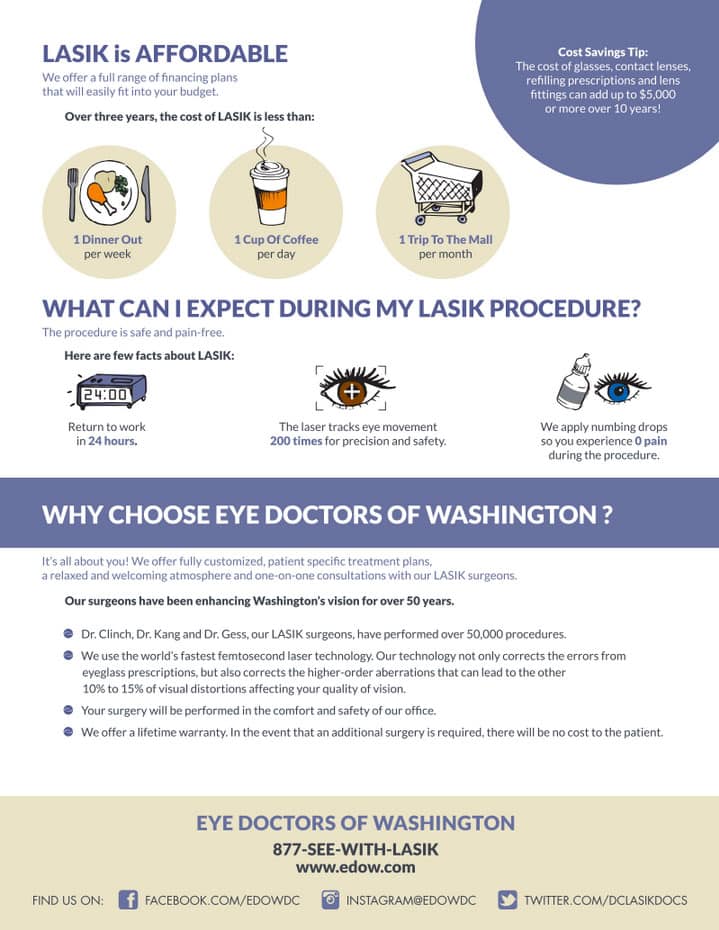Refractive Lens Exchange Explained: What Your Eye Doctor Isn't Telling You
Material Create By-Sumner Wollesen Have you ever before thought about Refractive Lens Exchange (RLE) as an alternative for vision correction? While it isn't as extensively reviewed as LASIK, RLE could be a game-changer for your vision. Many individuals overlook its advantages, assuming standard approaches are their only option. However what are the real advantages, and what might your eye doctor not be telling you about this procedure? Let's explore the ins and outs of RLE with each other.
Comprehending Refractive Lens Exchange: The Basics
Refractive lens exchange (RLE) is an operation that can dramatically boost your vision, especially if you're managing presbyopia or extreme refractive errors. During RLE, your eye cosmetic surgeon eliminates your eye's natural lens and changes it with a man-made one tailored to your vision requires. This treatment can remedy nearsightedness, farsightedness, and astigmatism, offering you more clear vision without relying on glasses or contact lenses. The surgery is usually fast, taking less than an hour, and many people experience minimal discomfort. Recuperation is relatively fast, allowing you to return to your day-to-day tasks quickly after. If you're thinking about RLE, consulting with your optometrist can aid you identify if it's the ideal selection for you.
Key Distinctions In Between RLE and Conventional Cataract Surgery
While both refractive lens exchange (RLE) and conventional cataract surgery include replacing the eye's all-natural lens, their primary goals and patient accounts vary significantly. RLE is targeted at individuals seeking to reduce their dependence on glasses or call lenses due to refractive mistakes, often before cataracts develop. On the other hand, typical cataract surgery normally targets individuals that have actually created cataracts, which shadow the lens and hinder vision. The lenses utilized in RLE can give a broader range of vision modification, while conventional cataract surgical treatment normally involves fundamental monofocal lenses. Furthermore, https://wacotrib.com/waco_today_magazine/father-son-maintain-advanced-focus-at-brazos-eye-surgery/article_634be7ee-1c0f-57eb-8d4c-3fd05c9d10ee.html are typically younger and in great general health, whereas cataract patients might be older and have other health problems. Picking the right treatment depends upon your specific vision requirements and scenarios.
Prospective Benefits and Factors To Consider of RLE
If you're thinking about refractive lens exchange (RLE), you'll discover a number of potential advantages that might enhance your lifestyle. RLE can offer you with clearer vision, decreasing or getting rid of the requirement for glasses or call lenses. It provides a possibility to resolve presbyopia and other refractive mistakes simultaneously, often enhancing your overall visual acuity. Furthermore, RLE can be a fantastic option if you're not an ideal prospect for LASIK. Nevertheless, it's important to evaluate the considerations, like the expense, potential risks, and the recovery period. Reviewing your particular needs with your optometrist can assist you make a notified decision, guaranteeing you choose the very best path for your vision improvement. Verdict To conclude, refractive lens exchange uses an one-of-a-kind solution for vision correction that surpasses what LASIK can give. It's essential to consider the benefits against potential threats and expenses before making a decision. Do not be https://www.google.com/maps/place/ClearSight+LASIK+%26+Lens+Plano/data=!4m2!3m1!1s0x0:0xc3e889b4b130e5a7?sa=X&ved=1t:2428&ictx=111 to ask your eye doctor the challenging concerns to guarantee you totally understand the treatment and its ramifications for your vision. With the best details, you can with confidence select the very best alternative for your eyes and lifestyle. 